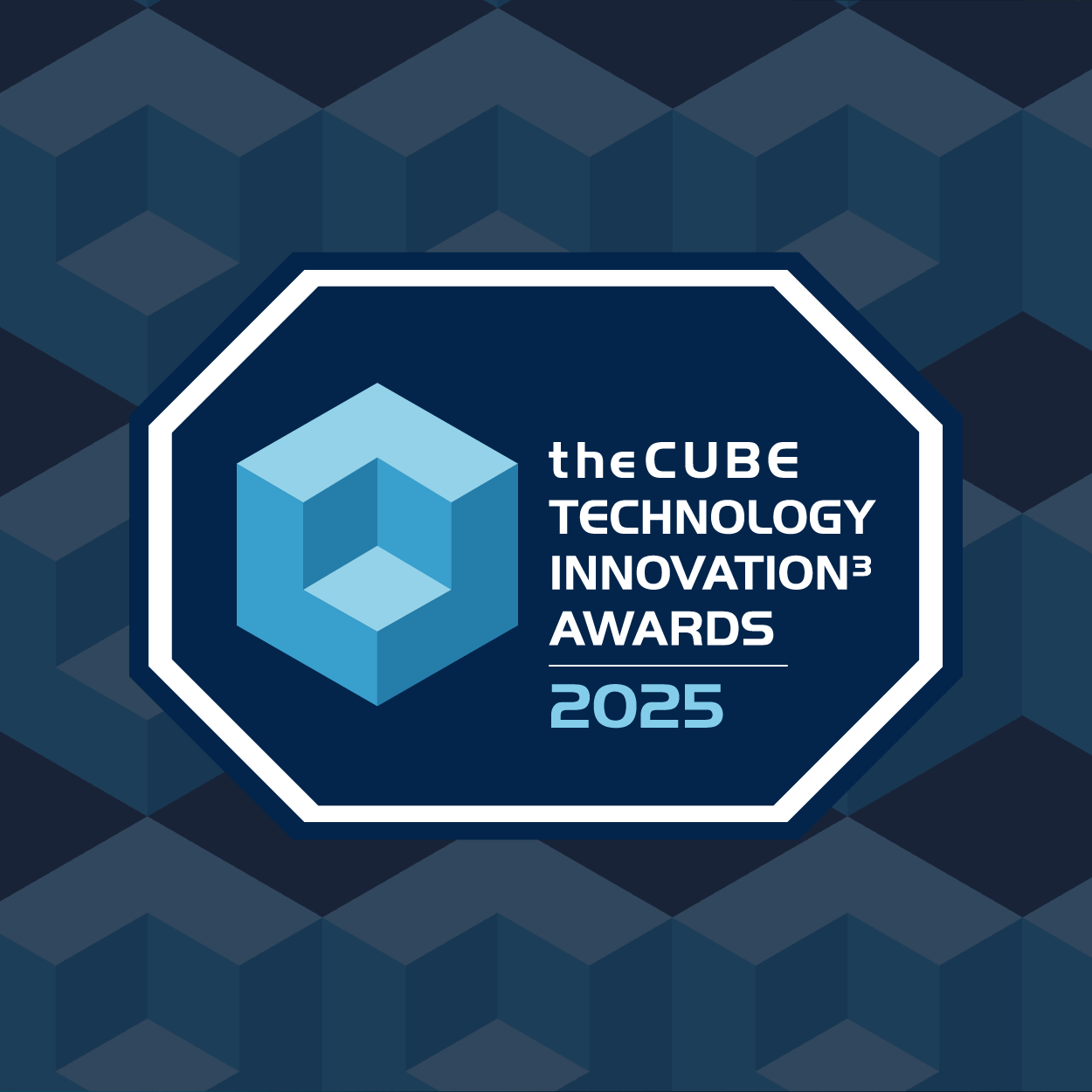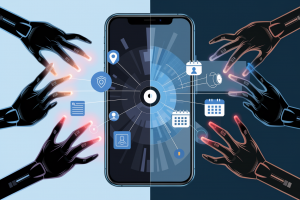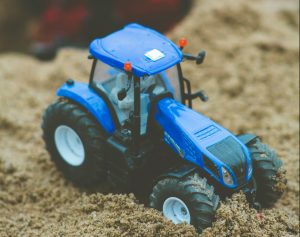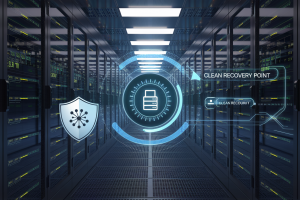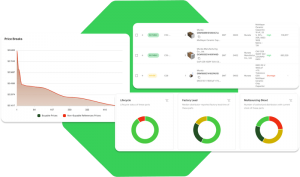Samsung’s new earbuds track fitness data: Biometrics whiz explains hearables
Is the ear a more accurate body part than the wrist for collecting biometric fitness data? Samsung Electronics Co. Ltd. is exploring the possibilities, signing a major deal with Valencell, Inc. to power its Samsung Gear IconX cord-free fitness earbuds, announced today.
With a global wearables market projected to grow at a compound annual rate of 35 percent over the next five years, according to BI Intelligence, a major issue with wearable technology is that the measurement process still remains a mystery to most consumers, leaving some to question just how accurately a wearable device can assess metrics. Biometrics hopes to address many of these challenges, uncovering new ways to literally extract the signal from the noise being produced by heart rate, step cadence and blood flow, to name a few.
Lack of trust is a big concern, since consumers consider accuracy the most important feature of wearable tech. And more than 50 percent of those who do not own a wearable would consider buying one if they trusted the accuracy, according to The State of Wearable Today, an online survey conducted by Valencell, Inc. in collaboration with the MEMS & Sensors Industry Group. The survey, which was fielded in May and June of 2016, asked 706 U.S. consumers aged 16–65 about their knowledge and preferences of wearable technology devices.
“More consumers than ever before are looking to biometric wearables to monitor their health and fitness, and wearables that cannot be trusted for accuracy will ultimately lose out to wearables that have been properly validated,” according to Dr. Steven LeBoeuf, president and cofounder of Valencell, a developer of high-performance biometric sensor technology, perhaps best known for its activity-tracking earbuds.
For SiliconANGLE‘s CEO Series, Kristen Nicole recently spoke to LeBoeuf about the accuracy of biometric wearables and its critical role as the long-term driver for wearable adoption, and why the ear is such a great body part for accurate data collection. LeBoeuf provided insights into how optical heart rate sensing technology works, and how this technology can be applied toward accurate biometric wearables.
Assessing the accuracy of wearable data output
With Valencell’s connected earbuds, would there be any common differences between data output in the left versus right ear as far as biometrics are concerned?
Dr. LeBoeuf: When you look at the ear, it’s the most accurate spot to measure when it comes to blood flow. When you look at both ears, you can look at pressure changes across the head, how the blood is flowing from each side of the head to determine which side of the brain has more activity (differential brain processing). All that can be assessed from the ear.
The blood flow systems from the ear are located in a region that’s not homogeneous. One region of the ear has access to the carotid artery, and behind the ear or on top has access to capillaries. Ears are very localized, unlike the wrist, where blood flow data is mixed up with everything else. When you look at the ear and different sides of the head, you get access to interesting information because the blood flow in each region has different origins.
What about the accuracy of data from the wrist?
Dr. LeBoeuf: There’s been a lot of research on the wrist. Correlation between that signal and blood pressure — it’s always failed to use Photoplethysmography (PPG) as an accurate indicator on the wrist. The blood flow is coming from so many different sources, it’s not always indicative of arterial blood flow.
The rise of hearables
Having made a name for yourselves with fitness-tracking earbuds, what wearable technologies will Valencell focus on next?
Dr. LeBoeuf: We’re looking for growth opportunities with wrist data. One thing we’ve been doing a lot on is improving optical mechanics and removing the noise in a way that’s reproducible, scalable (not just those with more translucent skin or thin wrists) and cost effective.
All the analysts agree that by far the biggest sales of biometric wearables (not just activity trackers) are on the wrist. I think this is because this is where the marketplace started. At the same time, analysts are showing that the hearables space is the most rapidly growing. I believe the estimate in the hearables community is around $1 million a year, soon to be $10 million.
One thing is that people will wear earbuds anyway but won’t always wear smartwatches. Because the physiological models don’t require hearables to be worn all the time, users can wear them a few times a year to benefit them. You’ll start to see more interesting use cases.
What are the computing challenges in digitally removing the noise for hearables data collection?
Dr. LeBoeuf: I can tell you some of the challenges in today’s technology marketplace. It’s quite widely recognized we have the state-of-the-art technology in this space. One of the biggest noise sources is that you often pick up the cadence of the person’s motion rather than the heart rate — picked up so strongly by optic signals that it dominates. You can’t trust it to give good values. For example, the step rate and the heart rate are often the same for runners — they need to be separated.
Another example is sunlight. We had to remove this data, and that took a substantial amount of R&D. We have state-of-the-art technology, and we’ve also developed physiological filters to use the body’s own info to support the filtering process. Many times body processes work in relation to each other.
Open source and commercial use cases
Does Valencell produce open-source tech?
Dr. LeBoeuf: We provide the details and protect them in patents. We also have open APIs and share certain processes (code) as open source.
You mentioned in a Bloomberg interview that the litigious nature of the U.S. is potentially limiting the commercial use cases for biometric data in healthcare. What other market opportunities are there for the “biometric” perspective?
Dr. LeBoeuf: Two things that come to mind. One is biometric gaming. We demonstrated this at CES this year. One game is — taking the Star Wars mystical religion of “The Force” — by concentrating you can move objects, manipulate others’ minds, but you have to concentrate. We demonstrated how you can use this in a game. By concentrating, you change the gameplay. The only way to do that is to control the breathing.
Another interesting category is where you combine biometric sensing with actuation. For example, imagine a situation where the biometric device detects your stress and changes the font on your computer screen. The device could learn which visual displays and audio playback are best for you, changing the user interface.
Imagine this scenario: A voice translator in your earbud — it takes a lot of processing power and could burn the battery pretty fast. What if it learns that when you’re more stressed it needs to boost power, but when less stressed it doesn’t have to work as hard.
You might be doing a health assessment not for the purposes of healthcare. What about adapting a car to improve driving capability. Sometimes when people shouldn’t drive, you won’t know that unless you’ve been monitoring them throughout the day to detect drowsiness or poor readiness to drive.
Closing thoughts?
Dr. LeBoeuf: I’ve been very frustrated with the device market — just using the device as you’d normally use it when it provides actionable insight to show the direction of health. Now I’m eager to see people make use of the data Valencell provides, information that says, “You’re becoming hypertensive. Here are the things you can do in your life.”
About Steven LeBoeuf, Ph.D., president and cofounder of Valencell, Inc.
![]() As cofounder and president of Valencell, Inc., Dr. LeBoeuf has developed ongoing strategic partnerships between Valencell and leaders in industry and academia. He has raised more than $10M in funding for Valencell and is the inventor/co-inventor of more than 50 granted patents, including dozens of foundational patents in the field of accurate wearable sensors. Prior to Valencell, LeBoeuf led the optoelectronic biosensor program at GE Global Research, where he managed the development and productization of biosensor systems and developed cutting-edge nanosensor technology. Before joining GE, LeBoeuf developed optoelectronic solid-state materials and devices while researching at North Carolina State University. Dr. LeBoeuf holds a doctorate in electrical engineering from N.C. State and a bachelor’s degree in mathematics and electrical engineering from Louisiana Tech University.
As cofounder and president of Valencell, Inc., Dr. LeBoeuf has developed ongoing strategic partnerships between Valencell and leaders in industry and academia. He has raised more than $10M in funding for Valencell and is the inventor/co-inventor of more than 50 granted patents, including dozens of foundational patents in the field of accurate wearable sensors. Prior to Valencell, LeBoeuf led the optoelectronic biosensor program at GE Global Research, where he managed the development and productization of biosensor systems and developed cutting-edge nanosensor technology. Before joining GE, LeBoeuf developed optoelectronic solid-state materials and devices while researching at North Carolina State University. Dr. LeBoeuf holds a doctorate in electrical engineering from N.C. State and a bachelor’s degree in mathematics and electrical engineering from Louisiana Tech University.
Featured image via Samsung
A message from John Furrier, co-founder of SiliconANGLE:
Your vote of support is important to us and it helps us keep the content FREE.
One click below supports our mission to provide free, deep, and relevant content.
Join our community on YouTube
Join the community that includes more than 15,000 #CubeAlumni experts, including Amazon.com CEO Andy Jassy, Dell Technologies founder and CEO Michael Dell, Intel CEO Pat Gelsinger, and many more luminaries and experts.
THANK YOU

